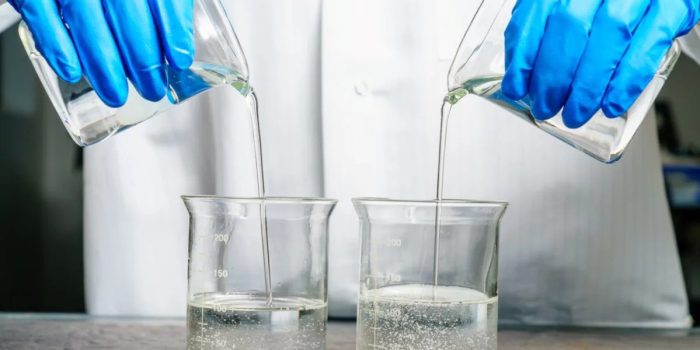Giulia Tagliabue and Tarique Anwar, researchers at the Swiss Laboratory of Nanoscience for Energy Technologies, have potentially revolutionized clean energy production by tapping into hydrovoltaic effects. Their method utilizes the power of evaporation to generate both clean water and electricity simultaneously, with zero pollution. This breakthrough, outlined in a study published in the scientific journal Joule, highlights the environmental benefits of hydrovoltaic energy compared to traditional fossil fuel-based electricity generation.

Hydrovoltaic devices, equipped with specialized nanodevices, can harness evaporation to produce a continuous flow of energy. Contrary to previous assumptions that only purified water could optimize their performance, Tagliabue and Anwar discovered that hydrovoltaic devices can function effectively across various water salinities. This finding expands the potential applications of hydrovoltaic technology, making it applicable wherever there is water or moisture, from sensors to wearable fitness devices.
“In comparison with electricity generation by fossil fuels, hydrovoltaic effects, such as evaporating potential, emit neither carbon dioxide nor other harmful contaminants, such as [nitrogen oxide] and [particulate matter],” wrote the authors of one study, which was published in the scientific journal Joule. “Moreover, it can convert low-quality latent heat in ambient environment into high-quality electric energy, providing an avenue by which to slow down global warming without scarifying our demand on energy.”
“[We] made a major finding: that hydrovoltaic devices can operate over a wide range of salinities, contradicting prior understanding that highly purified water was required for best performance,” Tagliabue said.

Moreover, the versatility of hydrovoltaic devices opens up possibilities for addressing pressing global challenges. By harnessing natural evaporation for desalination processes, these devices can produce clean water from saltwater while generating electricity simultaneously. This dual functionality holds promise for addressing the needs of the 1.1 billion people without access to clean drinking water and the 775 million individuals lacking electricity.
“Natural evaporation is used to drive desalination processes, as fresh water can be harvested from saltwater by condensing the vapor produced by an evaporative surface. Now, you could imagine using an HV system both to produce clean water and harness electricity at the same time,” Anwar said.
Tagliabue and Anwar’s research is significant because it has the potential to combat global warming by offering a sustainable energy solution that diminishes reliance on fossil fuels. Hydrovoltaic technology converts low-quality latent heat into high-quality electric energy, providing a promising strategy for addressing climate change without compromising energy requirements.
Furthermore, its capacity to function with minimal environmental consequences emphasizes its suitability for broad implementation in both developed and developing areas. In essence, their work underscores the promise of hydrovoltaic technology in mitigating global warming and promoting sustainable energy practices worldwide.


